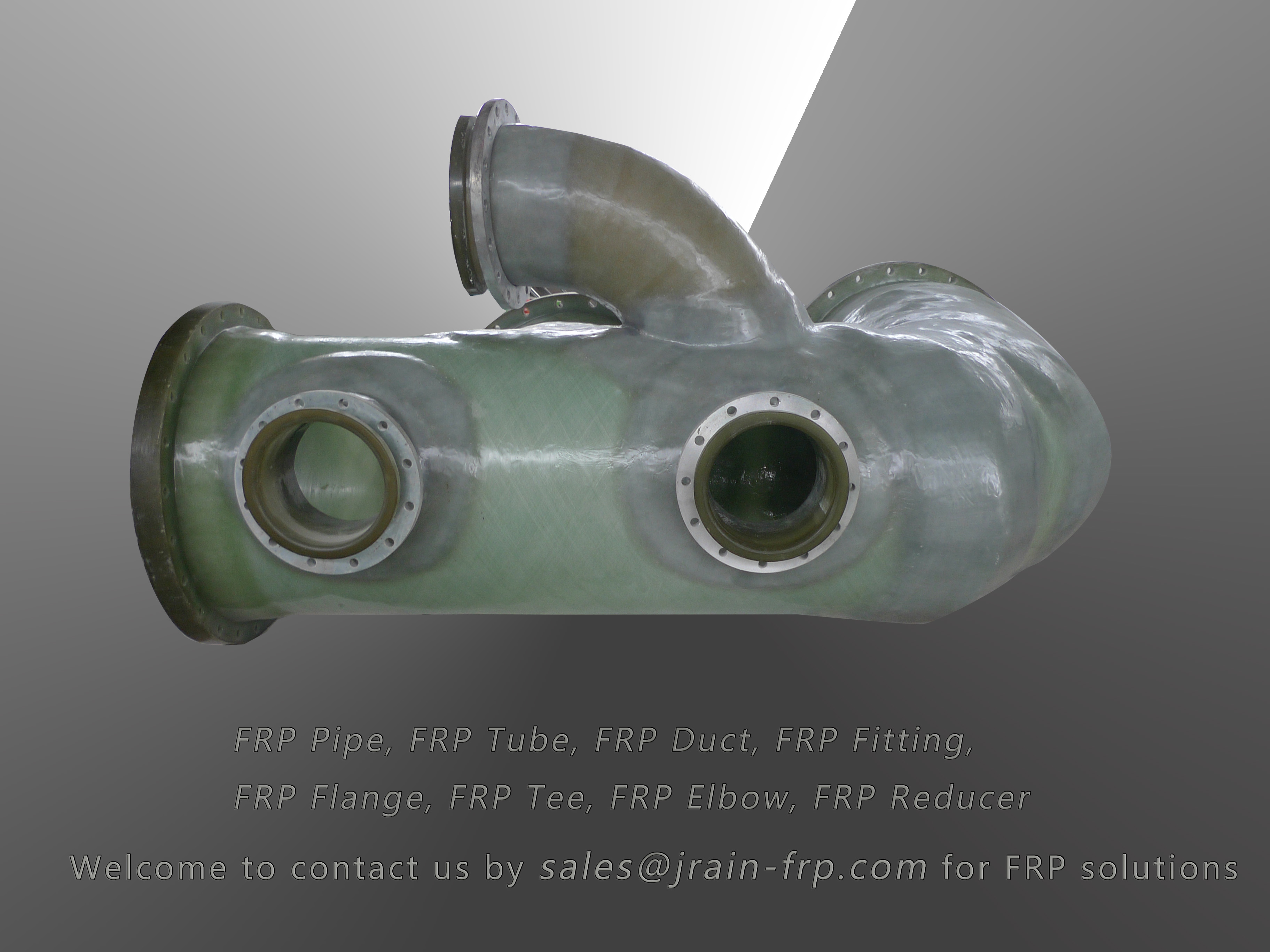
-
 Afrikaans
Afrikaans -
 Albanian
Albanian -
 Amharic
Amharic -
 Arabic
Arabic -
 Armenian
Armenian -
 Azerbaijani
Azerbaijani -
 Basque
Basque -
 Belarusian
Belarusian -
 Bengali
Bengali -
 Bosnian
Bosnian -
 Bulgarian
Bulgarian -
 Catalan
Catalan -
 Cebuano
Cebuano -
 China
China -
 China (Taiwan)
China (Taiwan) -
 Corsican
Corsican -
 Croatian
Croatian -
 Czech
Czech -
 Danish
Danish -
 Dutch
Dutch -
 English
English -
 Esperanto
Esperanto -
 Estonian
Estonian -
 Finnish
Finnish -
 French
French -
 Frisian
Frisian -
 Galician
Galician -
 Georgian
Georgian -
 German
German -
 Greek
Greek -
 Gujarati
Gujarati -
 Haitian Creole
Haitian Creole -
 hausa
hausa -
 hawaiian
hawaiian -
 Hebrew
Hebrew -
 Hindi
Hindi -
 Miao
Miao -
 Hungarian
Hungarian -
 Icelandic
Icelandic -
 igbo
igbo -
 Indonesian
Indonesian -
 irish
irish -
 Italian
Italian -
 Japanese
Japanese -
 Javanese
Javanese -
 Kannada
Kannada -
 kazakh
kazakh -
 Khmer
Khmer -
 Rwandese
Rwandese -
 Korean
Korean -
 Kurdish
Kurdish -
 Kyrgyz
Kyrgyz -
 Lao
Lao -
 Latin
Latin -
 Latvian
Latvian -
 Lithuanian
Lithuanian -
 Luxembourgish
Luxembourgish -
 Macedonian
Macedonian -
 Malgashi
Malgashi -
 Malay
Malay -
 Malayalam
Malayalam -
 Maltese
Maltese -
 Maori
Maori -
 Marathi
Marathi -
 Mongolian
Mongolian -
 Myanmar
Myanmar -
 Nepali
Nepali -
 Norwegian
Norwegian -
 Norwegian
Norwegian -
 Occitan
Occitan -
 Pashto
Pashto -
 Persian
Persian -
 Polish
Polish -
 Portuguese
Portuguese -
 Punjabi
Punjabi -
 Romanian
Romanian -
 Russian
Russian -
 Samoan
Samoan -
 Scottish Gaelic
Scottish Gaelic -
 Serbian
Serbian -
 Sesotho
Sesotho -
 Shona
Shona -
 Sindhi
Sindhi -
 Sinhala
Sinhala -
 Slovak
Slovak -
 Slovenian
Slovenian -
 Somali
Somali -
 Spanish
Spanish -
 Sundanese
Sundanese -
 Swahili
Swahili -
 Swedish
Swedish -
 Tagalog
Tagalog -
 Tajik
Tajik -
 Tamil
Tamil -
 Tatar
Tatar -
 Telugu
Telugu -
 Thai
Thai -
 Turkish
Turkish -
 Turkmen
Turkmen -
 Ukrainian
Ukrainian -
 Urdu
Urdu -
 Uighur
Uighur -
 Uzbek
Uzbek -
 Vietnamese
Vietnamese -
 Welsh
Welsh -
 Bantu
Bantu -
 Yiddish
Yiddish -
 Yoruba
Yoruba -
 Zulu
Zulu
Overcoming Difficulties in Drilling Through Limestone Formations for Successful Excavation Projects
Drilling Through Limestone Challenges and Considerations
Limestone, a sedimentary rock composed primarily of calcium carbonate, is a prevalent geological formation found across much of the world. While its abundance makes it a vital resource for construction, agriculture, and industry, drilling through limestone presents unique challenges that must be navigated carefully to ensure efficiency, safety, and minimal environmental impact.
Understanding Limestone Formation
Limestone is formed predominantly in marine environments through the accumulation of organic remains and chemical precipitation. Over time, this accumulation leads to the solidification of calcium carbonate, creating a dense rock that can vary significantly in hardness and porosity. Its formation also results in distinct geological features such as caves, sinkholes, and karst topography. For drillers, understanding the specific characteristics of the limestone in a given area is crucial, as these can influence drilling outcomes significantly.
The Challenges of Drilling
1. Hardness and Density One of the main challenges of drilling through limestone is its hardness. Depending on the geological conditions and the specific type of limestone, drill bits may wear out more quickly than when drilling through softer rock formations. This results not only in increased cost due to frequent bit replacements but also in extended drilling times, which can affect project timelines and budgets.
2. Porosity Variability Limestone can exhibit varying degrees of porosity, which impacts water flow and the stability of drilled holes. High porosity can lead to issues with linings and casing, as water may enter from surrounding areas, creating difficulty in maintaining a dry working environment. Low porosity, on the other hand, can complicate the extraction of resources, as fluids may not flow as freely, requiring additional measures to facilitate extraction.
3. Reactive Nature Limestone is a calcium carbonate rock, meaning it can react with acidic substances. This reaction can lead to difficulties in managing drilling fluids, particularly if the acid content is high or if aggressive drilling fluids are used. The resultant chemical processes can weaken the integrity of the limestone and potentially lead to collapses in the drilled hole.
drilling through limestone is challenging.

4. Environmental Concerns Drilling through limestone can have significant environmental impacts, especially in sensitive ecosystems. Care must be taken to avoid contamination of groundwater supplies, as many limestone formations act as aquifers. Furthermore, the extraction processes can disrupt local fauna and flora, necessitating a careful assessment of the ecological footprint of drilling activities.
Effective Drilling Solutions
To overcome these challenges, several strategies can be employed
- Using Advanced Drill Technology Investing in modern drilling technology and equipment designed specifically for hard rock formations can improve efficiency. Diamond-tipped drill bits, for example, can provide the necessary durability to penetrate dense limestone effectively.
- Geological Surveys Conducting thorough geological surveys before drilling begins is essential. Understanding the specific characteristics of the limestone will allow drillers to select the most appropriate techniques and tools for the job.
- Water Management Developing a robust water management plan that includes monitoring for contamination and employing effective containment measures can mitigate environmental risks associated with drilling activities.
- Training and Safety Protocols Proper training for drilling crews on the unique challenges posed by limestone can enhance safety and operational efficiency. Regular safety drills and adherence to strict protocols help ensure that all personnel are prepared for potential complications.
In conclusion, while drilling through limestone presents significant challenges, understanding its unique properties and employing effective strategies can lead to successful project outcomes. With advanced technology and careful planning, the potential of limestone as a resource can be maximized while minimizing environmental impact.
Latest news
-
Exploring the Benefits of Top Hammer Drifter Rods for Enhanced Drilling PerformanceNewsJun.10,2025
-
High-Precision Fiberglass Winding Machine for GRP/FRP Pipe Production – Reliable & Efficient SolutionsNewsJun.10,2025
-
FRP Pipes & Fittings for Shipbuilding - Corrosion-Resistant & LightweightNewsJun.09,2025
-
Premium FRP Flooring Solutions Durable & Slip-ResistantNewsJun.09,2025
-
Premium Fiberglass Rectangular Tanks Durable & Lightweight SolutionNewsJun.09,2025
-
Tapered Drill String Design Guide Durable Performance & UsesNewsJun.09,2025









